Honda Civic Service Manual: FTT Sensor Removal and Installation (R18A9)
310109

| 1. | Vehicle Lift |
|
| 2. | Fuel Pressure - Relieving (Between the fuel tank and the engine) (Natural Gas Model) |
|
|
Compressed natural gas is flammable and highly explosive. You could be
killed or seriously injured if leaking natural gas is ignited.
|
| 3. | Rear Floor Undercover (Natural Gas Model) |
|
|
|
| 4. | Fuel Pipes at the Fuel Joint Block (Natural Gas Model) |
|
|
|
||||||
| 5. | Lower The Vehicle On The Lift |
|
| 6. | Left Rear Door Panel Assembly (Natural Gas Model) |
|
|
|
|
|
|
| 7. | Rear Seat Cushion |
|
|
|
|
|
|
| 8. | Center seat belt buckle bolt |
|
|
|
| 9. | Rear Seat-Back (Natural Gas Model) |
|
|
|
|
|
|
|
|
|
| 10. | Both C-Pillar Trims |
|
|
|
||||||||||||
|
|
|
| 11. | Rear Shelf (Natural Gas Model) |
|
|
|
|
|
|
|
3. |
Pull out both rear seat belts (A) and the rear center seat belt (B) through the slits in the rear shelf trim (C), then remove the rear shelf trim. |

| 12. | Trunk Floor Lid (Natural Gas Model) |
|
|
|
| 13. | Trunk Front Trim Panel (Natural Gas Model) |
|
|
|
| 14. | Fuel Tank Protector (Natural Gas Model) |
|
|
|
| 15. | Rear Bulkhead Gusset Both Sides (Natural Gas Model) |
|
|
|
| 16. | Rear Parcel Cover (Natural Gas Model) |
|
|
|
| 17. | Rear Shelf Gusset Both Sides (Natural Gas Model) |
|
|
|
| 18. | Rear Floor Upper Crossmember Gusset (Natural Gas Model) |
|
|
|
| 19. | Fuel Tank Assembly (Natural Gas Model) |
|
|
|
|
|
|
|
|
|
|
|
|
| 20. | Fuel Pipe Duct (Natural Gas Model) |
|
|
|
|||||||||||||||
| 21. | Fuel Joint Duct (Natural Gas Model) |
|
|
|
|||||||||
| 22. | FTT Sensor (Natural Gas Model) |
|
|
|

| 1. | Fuel Pipe Connector O-Ring (Natural Gas Model) |
|
|
|
||||||
|
|
|
||||||||||||
| 2. | FTT Sensor (Natural Gas Model) |
|
|
|
| 3. | Fuel Joint Duct (Natural Gas Model) |
|
|
|
|||||||||
| 4. | Fuel Pipe Duct (Natural Gas Model) |
|
|
|
|||||||||||||||
| 5. | Fuel Tank Assembly (Natural Gas Model) |
|
|
|
|
|
|
|
|
|
|
|
|
| 6. | Rear Floor Upper Crossmember Gusset (Natural Gas Model) |
|
|
|
|||||||||||||||||
| 7. | Rear Shelf Gusset Both Sides (Natural Gas Model) |
|
|
|
| 8. | Rear Parcel Cover (Natural Gas Model) |
|
|
|
| 9. | Rear Bulkhead Gusset Both Sides (Natural Gas Model) |
|
|
|
| 10. | Fuel Tank Protector (Natural Gas Model) |
|
|
|
| 11. | Trunk Front Trim Panel (Natural Gas Model) |
|
|
|
| 12. | Trunk Floor Lid (Natural Gas Model) |
|
|
|
| 13. | Rear Shelf (Natural Gas Model) |
|
1. |
Slip the rear seat belts (A) and the rear center seat belt (B) through the slits in the rear shelf trim (C). |

|
|
|
|
|
|
| 14. | Both C-Pillar Trims |
|
|
|
|
|
|
||||||||||||||||||||||||
| 15. | Rear Seat-Back (Natural Gas Model) |
|
|
|
|
|
|
|
|
|
| 16. | Center seat belt buckle bolt |
|
|
|
| 17. | Rear Seat Cushion |
|
|
|
|
|
|
| 18. | Left Rear Door Panel Assembly (Natural Gas Model) |
|
|
|
|
|
|
| 19. | Door Position - Adjustment (4-door) |
|
Front
Rear
|
|
||||||||||||||||||||||||
|
|
|
| 20. | Fuel Pipes at the Fuel Joint Block (Natural Gas Model) |
|
|
|
|||||||||
| 21. | Rear Floor Undercover (Natural Gas Model) |
|
|
|
| 22. | Manual Shut-off Valve - Open (Natural Gas Model) |
|
|
|
| 23. | Fuel Supply System Leak - Inspection (Natural Gas Model) |
|
|
|
|
|
|
|
|
|
 ECM Removal and Installation (K24Z7)
ECM Removal and Installation (K24Z7)
1211K3
Removal
1.
Battery Terminal - Disconnection
1.
Make sure the ignition switch is in LOCK (0).
...
 Manual Shut-off Valve Removal and Installation (R18A9)
Manual Shut-off Valve Removal and Installation (R18A9)
1.
Vehicle Lift
1.
Raise the vehicle on a lift, and make sure it is securely supported.
2. ...
See also:
Honda Civic Owners Manual. To Cancel
To cancel cruise control, do any of the
following:
Press the CANCEL button.
Press the CRUISE button.
Depress the brake pedal.
Depress the clutch pedal* for five seconds
or more.
The CRUISE CONTROL indicator goes off.
To Cancel
Resuming the pri ...







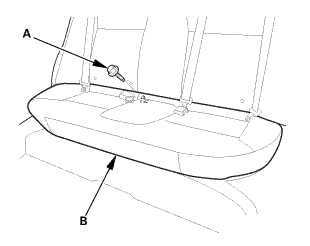
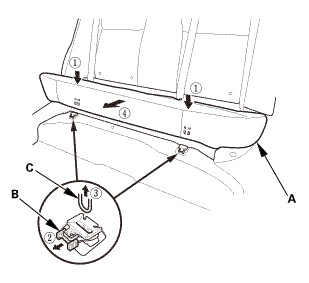























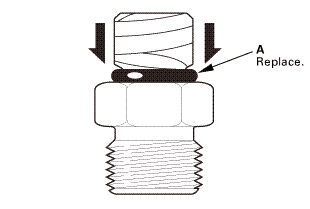




 3s
3s



 on
on 22
22





 m.imim
m.imim
 32
32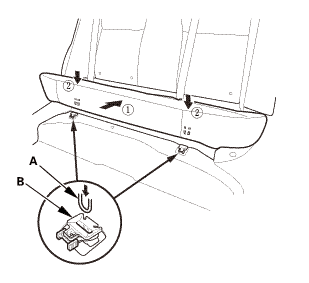
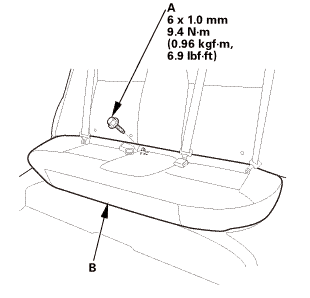

 mm
mm

 -.25u....m.2n
-.25u....m.2n ioumm
ioumm


